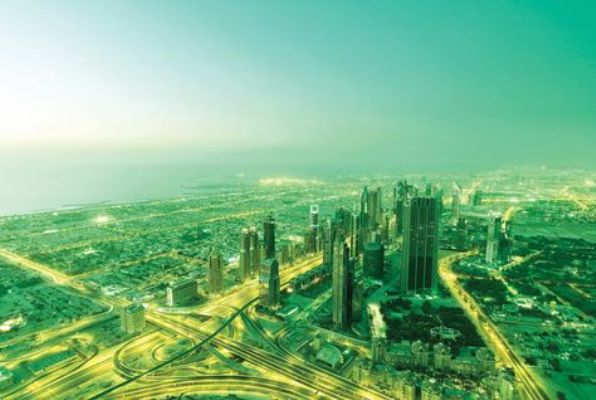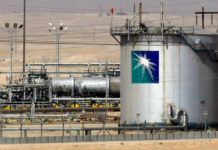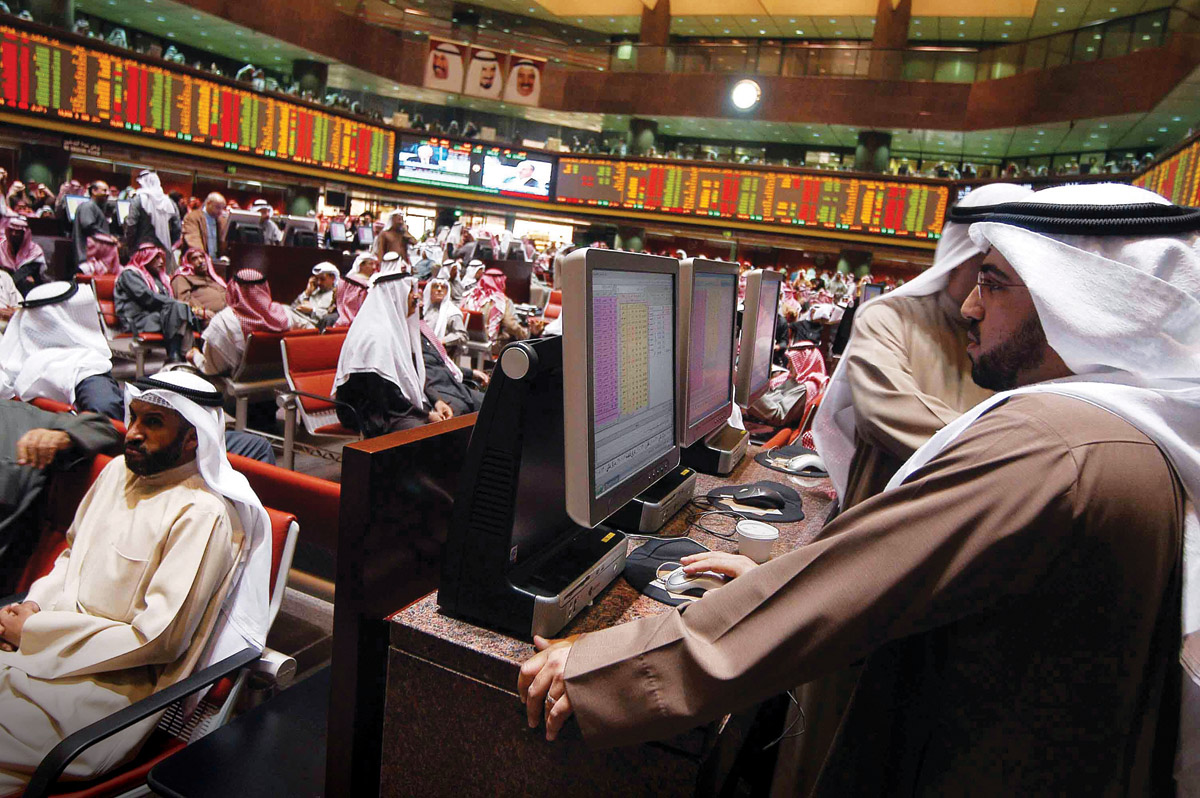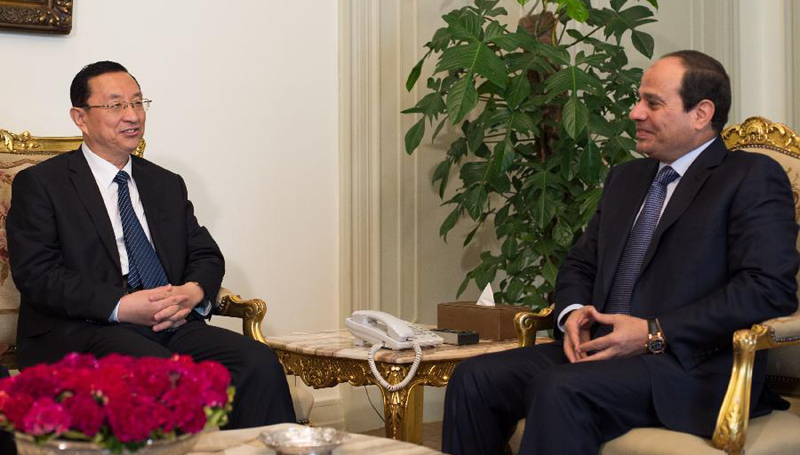Relentless construction, a booming aviation sector and near-permanent air conditioning: Dubai is not an obvious contender for the title of one of the world’s most sustainable cities.
Yet this is the goal the emirate has set itself. Having shaken off the worst effects of the recession, building has again taken off – but this time, the emphasis is on being ‘green’.
In line with the national government’s own targets, Dubai has plans to ‘green-up’, or retrofit, existing buildings and cut carbon emissions despite depending heavily on expensive, energy-hungry processes — from the spectacular fountain show staged every 15 minutes outside Dubai Mall to dazzle tourists, to the gallons of water churned up in A/C units each day for residents suffering in the searing temperatures.
By 2030, the government wants to have reduced energy use across the emirate by 30 percent and to generate at least 25 percent of its power from renewable sources, including solar, clean coal and nuclear. It also wants to eliminate waste sent to landfill within 20 years, and devise more sustainable methods of water generation.
A quick riffle through the statistics suggests this could be a tall order. The UAE has one of the largest carbon footprints in the world. The 2015 UAE State of Energy Report, which was published by the government in January and holds the most recent data, says the UAE produced almost 20 tonnes of CO2 emissions per person in 2010, a 63 per cent increase from 2000.
Water and electricity generation account for 33 per cent of greenhouse gas emissions, followed by transportation, responsible for 22 per cent.















